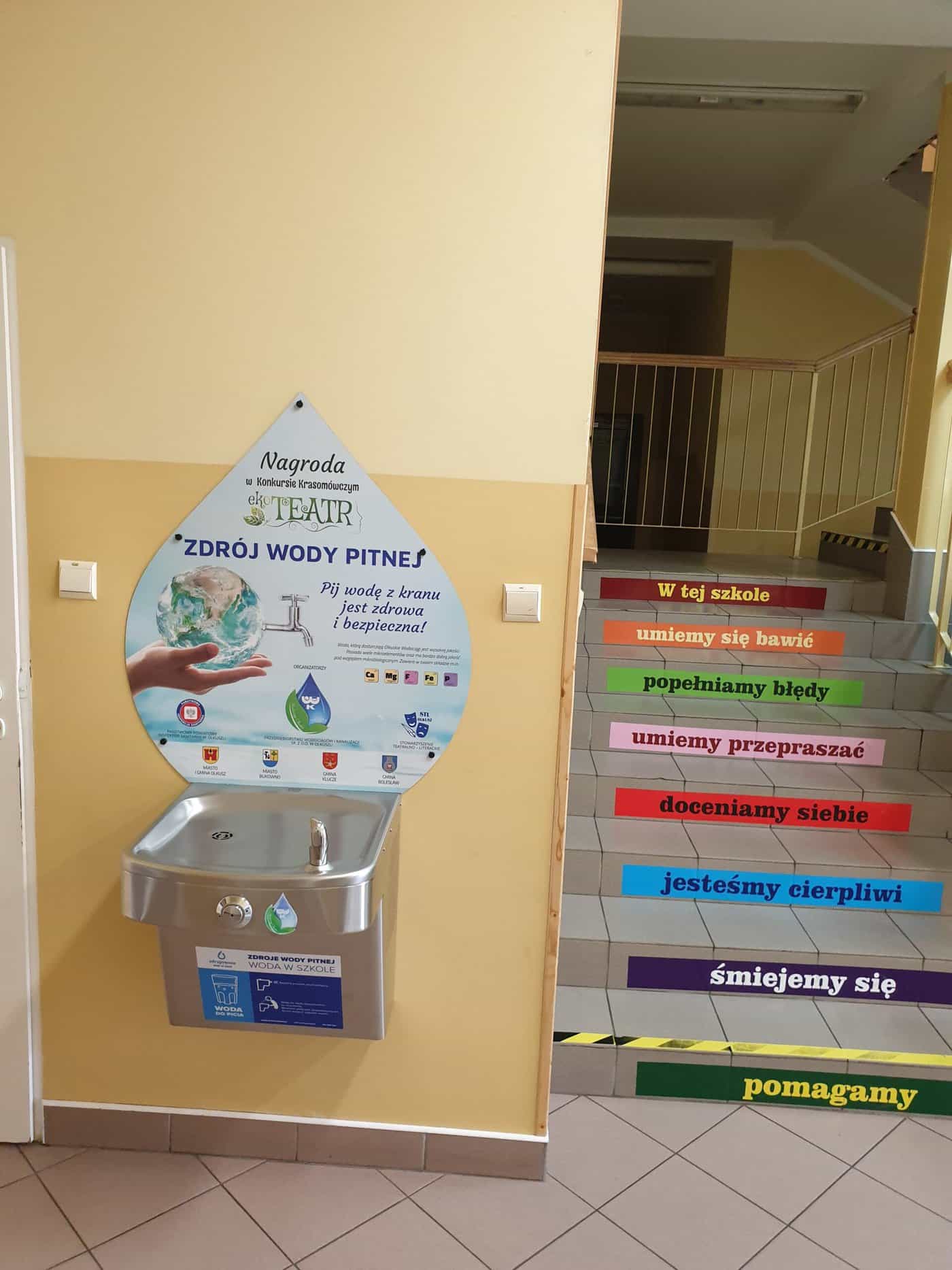At the start of the pandemic and then during the period when the younger classes returned to school buildings, springs and water dispensers were shut down top-down. Fortunately, the pandemic period is behind us and the school walls resound with the bustle of children. While water consumption is not so high in autumn and winter, it is already warm enough in May or June, for example, that children need more water. What everyone has brought from home is not always enough. In addition, some children are in school for up to eight hours, so after that time any water is simply unpalatable, let alone of good quality. The institutions themselves often have no idea how to effectively provide water for the children - buying bottled water was not only expensive, but also not very environmentally friendly. Many people wondered what about water sources and dispensers in schools. Can they be used? What is the position of the Ministry of the Environment, the Ministry of Foreign Affairs and the Ministry of Information Society on this issue. We already have an answer on this subject.



Current GIS position on the use of water drinkers and dispensers in educational establishments - May 2022.
"...The Department of Environmental Hygiene of the Chief Sanitary Inspectorate kindly informs you that the legislation does not prohibit the operation of drinking troughs in schools."....
"...the requirements for water distribution facilities to prepare them for restarting after a prolonged break in service are outlined in the document 'Principles for making tap water available to children in school and educational institutions'..."
The full content of the letter we received from the GIS is available from our representatives. We encourage you to familiarise yourself with its contents.
New guidance for school operations in 2021/2022 - what about sources?
"If drinking water springs or fountains are in operation at the school, the decision to use them must be subject to an ongoing assessment that takes into account the current epidemiological situation. The provision of facilities distributing tap water for drinking is acceptable. It is recommended that pupils use non-contact drinking water springs and fountains or other distributors under the supervision of a supervisor. Safe forms and hygiene and sanitation recommendations for making tap water available to children are indicated on the GIS website https://www.gov.pl/web/gis/fontanny-z-woda-do-picia-dystrybutory-wody-zrodelka-udostepnianie-wody-do-spozycia-w-placowkach-oswiaty."
This is exactly what para. 35 of the MEiN, MZ and GIS Guidelines for primary and secondary schools - full stationary mode. It is clear from this provision that, unlike in 2020, water springs and dispensers can be put into operation in schools and children can use them, subject, of course, to certain new requirements.
Cleaning and sanitation of equipment
Already earlier GIS recommendations on this type of equipment clearly indicated the need for proper cleaning and sanitisation. On the one hand, the cleaning should be effective and regular, on the other hand, it should be carried out with means that do not affect the quality of the water abstracted and do not damage the device. Every year, we send our customers a reminder to inspect and clean their equipment after a prolonged shutdown, as was the case last year, and to carry out disinfection and sanitisation of the equipment. For the latter, we recommend using professionals such as our service technicians, who not only know how to sanitise properly, but also have the necessary equipment and resources to do so.
Read more about sanitising and cleaning springs
Non-contact devices
One of the government's recommendations, is to use contactless devices to reduce the risk of transmitting bacteria and viruses using hands. Even before the pandemic, our range included dispensers and touchless devices. More for convenience of use than for safety. But 2020 changed everything and the range of touchless solutions became a real hit so it was extended. You can find it by clicking HERE.
Feel free to contact us to find out more details about our offer, legal requirements and interesting facts about water and water distribution equipment.








